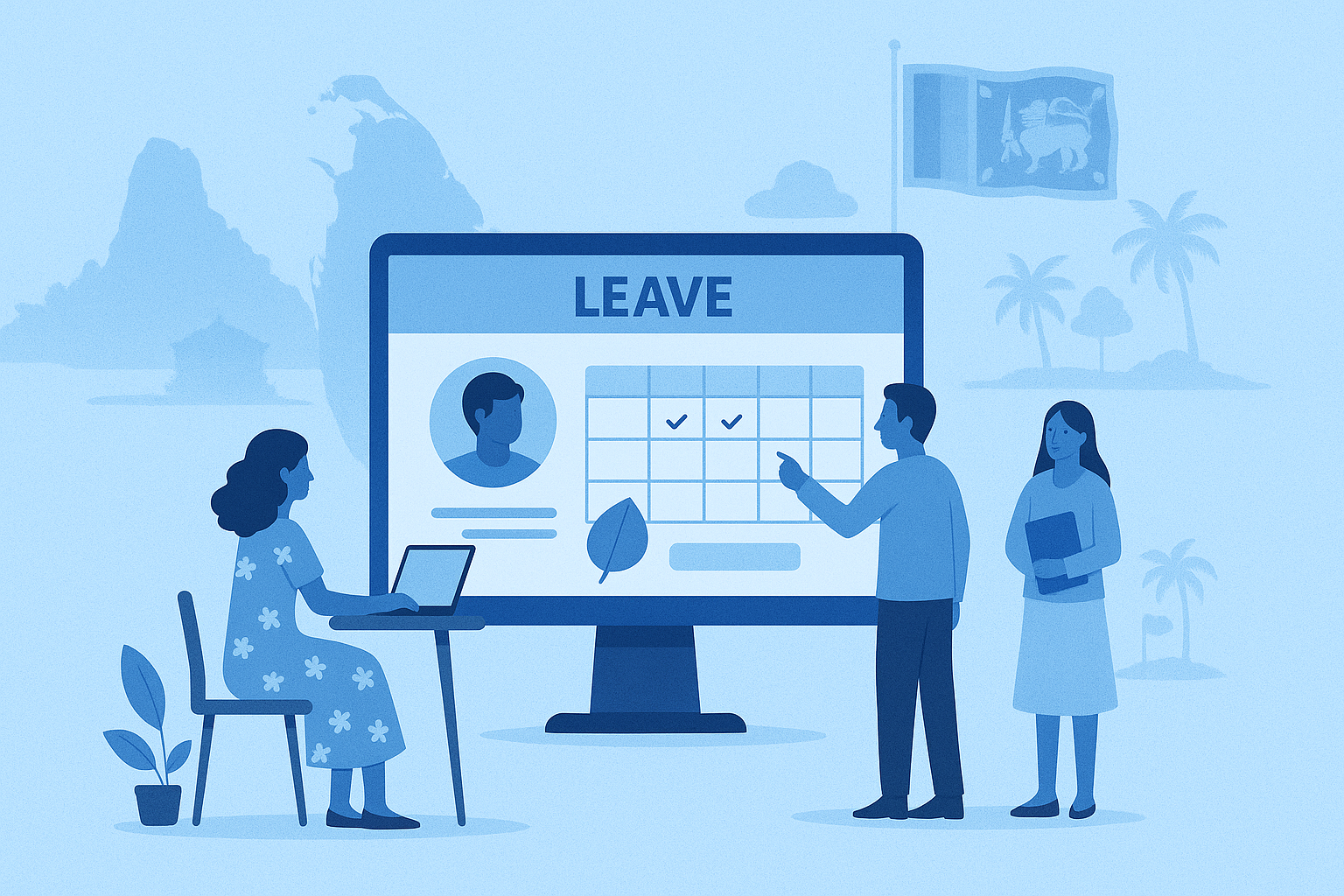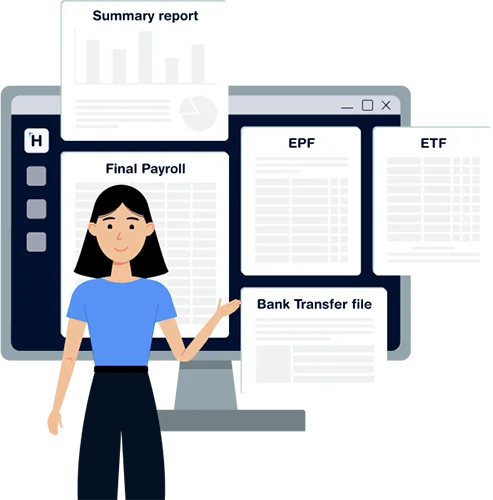Managing leave is deceptively complex. It starts with a casual request, a WhatsApp message or a quick desk conversation, and before long, the HR person or business owner is juggling calendars, spreadsheets, and forgotten approvals.
For many Sri Lankan SMEs, this has been the norm. But as teams grow past 15 or 20 employees, the gaps in these informal processes become harder to ignore.
That’s why more SMEs are now turning to HRIS systems to handle leave management, not just to replace spreadsheets, but to bring structure, clarity, and accountability into how leave is tracked and approved.
The Old Way: Manual Processes That No Longer Work
Most small businesses begin by tracking leave in Excel. Someone updates it monthly, if they remember. When an employee applies for leave, it’s often through email, a note on a desk, or a passing conversation.
This leads to a few recurring problems:
- Leave overlaps go unnoticed until two people are off on the same day.
- Manual no-pay calculations create payroll confusion, especially with last-minute absences.
- Leave entitlements aren’t enforced, so employees may take more than what’s allowed or not take enough.
- Audit trails don’t exist, which becomes a risk during compliance reviews or disputes.
What starts as a simple process becomes a time-consuming cycle of checking, double-checking, and correcting.
What SMEs Look for in a Leave Management System
In serving local SME clients and in our discussions with them, the most common request from SMEs isn’t for anything overly complex. It’s for a simple, online system that integrates leave tracking with payroll.
The key features they ask for include:
- Integrated no-pay deductions
No more manually entering leave days into the payroll system. Once approved, it reflects automatically in salary calculations.
- Visibility into team availability
Managers and admins want to quickly check who’s on leave before approving new requests.
- Set leave entitlements
Businesses want the ability to define annual, casual, and sick leave quotas, while having them reduce automatically as days are taken.
- Leave reports
Easily downloadable reports help SMEs prepare for year-end calculations or employee discussions.
- Workflow tracking
Approvals can be set up with a simple click, with records of when and by whom leave was approved.
With these features, SMEs get a complete view of leave across the business without chasing papers or cross-referencing files.
Why Leave Tracking Needs to Work with Payroll
Leave doesn’t exist in isolation. It directly affects payroll, especially when it comes to unpaid leave or overtime in lieu.
One of the biggest reasons SMEs want leave tracking to move online is payroll accuracy. When the systems aren’t connected, errors creep in. And in smaller teams, these errors can lead to real problems: salary disputes, compliance issues, or tension among team members.
By using an HRIS where leave flows directly into payroll, SMEs ensure that every no-pay day is recorded, and every payslip reflects the correct amount, with minimal manual effort.
From Frustration to Clarity
When SMEs first switch to an HRIS for leave management, the most common feedback we hear is: ‘Why didn’t we do this earlier?’
What used to be frustrating becomes smooth. Managers have visibility. Employees know their balances. And payroll is more accurate.
For small businesses trying to grow without hiring an HR department, automating leave is one of the smartest small changes they can make.



